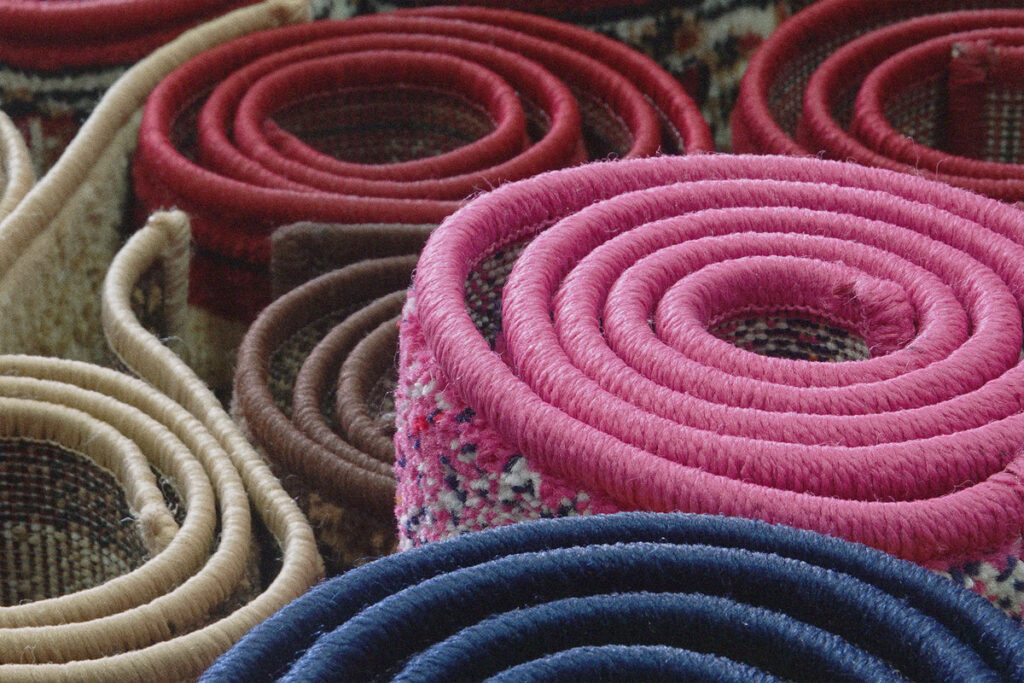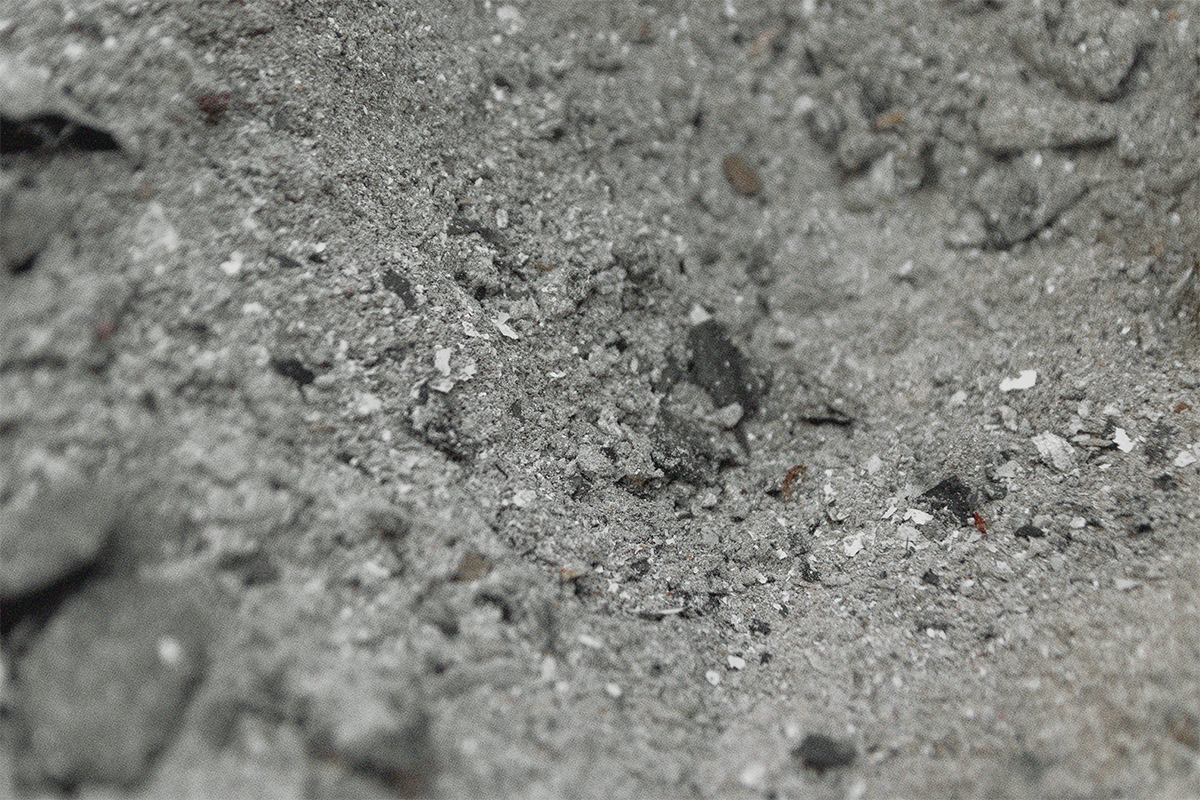Keep reading about similar topics.



When celebrated Victorian painter Edward Burne-Jones learned that a favorite pigment—it was called Mummy Brown—was in fact manufactured from the desecrated Egyptian dead, he banished it from his palette and bore his remaining tubes to a solemn burial in his English garden.[1] Once you know better, you have to do better.
Transparency in the supply chain can reveal inconvenient truths about favored products. A fascinating new article about the plywood supply chain brings into view new incentives to stop using fly ash in building products.
In What You Don’t See, Brent Sturlaugson, a practicing architect and associate professor at the University of Kentucky attempts a full accounting of the environmental, social, financial, and political impacts he attributes to the supply chain for Georgia Pacific (GP) plywood. He opens his ledger at the world’s largest open pit coal mine, Peabody Energy’s North Antelope Rochelle Mine, located in the heart of Wyoming’s Thunder Basin National Grasslands. From there the environmental and health costs add up, many of them allocated to the utility that powers GP’s Madison, Georgia plant. The Robert W. Scherer Plant in Monroe County, Georgia, has been calculated to be the largest, dirtiest coal fired power plant in the United States.[2]

This caught the attention of the Healthy Building Network (HBN) Research Team, who previously identified this power plant as a huge mercury polluter. It is also the leading supplier of fly ash to U.S. carpet companies that use the ash as filler—replacing limestone in carpet tiles—in order to qualify for recycled content credits in LEED, the Living Building Challenge, and various government procurement standards. What we had not realized was that the Scherer plant relied upon a single source of coal, the North Antelope Rochelle Mine. HBN and others[3] have long recommended against the use of fly ash in various building products because of the heavy metal content of the ash and the cost incentives fly ash “recycling” provide to continue burning coal – absent reuse, the fly ash must be expensively managed as a hazardous waste. What You Don’t See compels us to consider the ash as processed coal, the original raw material ingredient. In this case, coal mined from the seam of a single, particularly gnarly open pit mine.
Located near Gillette, WY, the mine occupies territory whose history is steeped in the genocide of Indigenous Peoples who negotiated treaty rights to the region in the mid-1800’s. By the end of the century they lost their livelihood to the extermination of the American Bison, and then their land to well-documented, systemic treaty violations. Environmentalists and ranchers alike view the mine as a disaster for the local and global environment. It is a financial disaster for the American taxpayer, according to the U.S. General Accounting Office which cites the mine as an example of corrupt Bureau of Land Management practices that include no bid contracts, financial terms that deprive the U.S. of fair market value, and a brazen lack of transparency. All in violation of federal laws and regulations.
Squandered water and subsidized carbon emissions are only the beginning of the staggering sustainability losses from this coal, according to Sturlaugson’s detailed accounting, which also includes: “dark money” political contributions from the Koch brothers, the use of bankruptcy laws to renege on union pension obligations, and significant releases of toxic chemicals that can cause cancer, respiratory disease, and reproductive and neurological impacts.
Like the rich umber of Mummy Brown pigment, recycled coal ash in building products has a superficial appeal, until you learn the truth. What You Don’t See opens our eyes even wider to the reasons why the use of coal ash—processed coal—is unacceptable in green buildings and building products. Burying these products in our gardens or landfills won’t do. But we can and must root them out of our green rating system and recycling incentives.